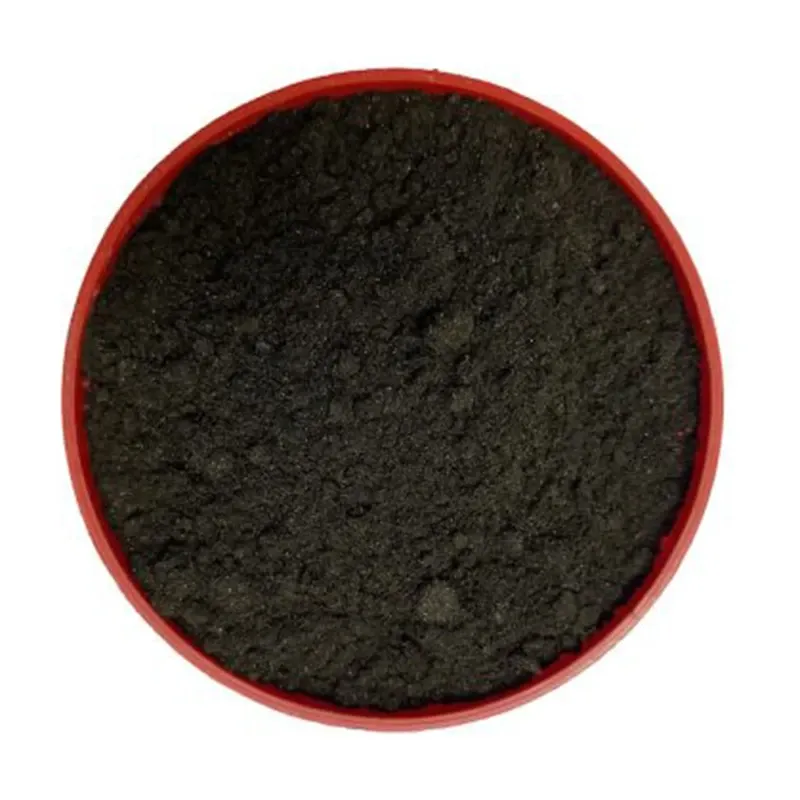


Environmental Impact of Hexafluoro-2-Propanol
1,1,1,3,3,3-Hexafluoro-2-propanol (HFIP) is a widely used chemical in industrial and research applications. Known for its strong solvent properties and unique chemical stability, hexafluoro-2-propanol plays a crucial role in pharmaceuticals, polymers, and material sciences. However, as industries increasingly focus on sustainability, understanding the environmental impact of hexafluoro-2-propanol has become essential. While its benefits are undeniable, the production, use, and disposal of hexafluoro-propanol raise important ecological concerns.

How 1,1,1,3,3,3-Hexafluoro-2-Propanol Affects Air and Water
One of the main concerns regarding 1,1,1,3,3,3-hexafluoro-2-propanol is its persistence in the environment. Due to its fluorinated structure, this chemical does not break down easily, leading to potential long-term accumulation. In the air, hexafluoro-2-propanol can contribute to greenhouse gas effects when released in large quantities. Although it does not deplete the ozone layer like older fluorinated chemicals, its atmospheric stability makes it a point of interest for environmental studies.
When 1,1,1,3,3,3-hexafluoro-2-propanol (HFIP) enters water systems, it poses a different challenge. Its solubility means it can disperse quickly, potentially affecting aquatic ecosystems. While studies are still ongoing, some research suggests that exposure to high concentrations of hexafluoro-propanol may impact aquatic organisms. Proper disposal methods and industrial wastewater treatment are necessary to prevent contamination.
The Role of Hexafluoro-2-Propanol in Sustainable Industry Practices
Despite environmental concerns, industries continue to rely on hexafluoro-2-propanol due to its unmatched performance as a solvent and reagent. To minimize its impact, companies are exploring greener alternatives and improving waste management practices. Advances in chemical recycling and purification allow for the reuse of hexafluoro-propanol, reducing the need for fresh production and minimizing waste.
In pharmaceutical and polymer applications, 1,1,1,3,3,3-hexafluoro-2-propanol HFIP is often used in closed-loop systems where emissions are controlled. These methods help industries maintain productivity while lowering their environmental footprint. Sustainable production methods and improved handling procedures are key to balancing industrial demand with ecological responsibility.
Safety Considerations When Handling Hexafluoro-Propanol
Proper handling of hexafluoro-2-propanol is essential to ensure both human safety and environmental protection. As a powerful solvent, 1,1,1,3,3,3-hexafluoro-2-propanol HFIP requires appropriate storage conditions to prevent leaks and accidental exposure. Workers handling this chemical must use protective gear and follow strict guidelines to minimize risks.
In case of spills, containment measures must be applied immediately to prevent hexafluoro-propanol from entering water sources. Industrial plants must implement rigorous safety protocols to limit emissions and ensure responsible chemical use. By prioritizing proper handling and disposal, businesses can continue to use hexafluoro-2-propanol while mitigating its environmental risks.
Future Innovations for Eco-Friendly Hexafluoro-2-Propanol Use
As environmental regulations become stricter, researchers are actively seeking ways to reduce the ecological footprint of hexafluoro-2-propanol. Innovative approaches, such as biodegradable alternatives and carbon capture technologies, are being developed to offset emissions associated with 1,1,1,3,3,3-hexafluoro-2-propanol HFIP.
Another promising direction is the development of highly efficient recycling systems that recover and purify used hexafluoro-propanol for reuse. These advancements help industries maintain their reliance on this powerful chemical while reducing environmental harm. Companies committed to sustainability are investing in greener production methods, ensuring that hexafluoro-2-propanol remains a viable option for the future.
For those seeking high-quality 1,1,1,3,3,3-hexafluoro-2-propanol HFIP with responsible sourcing, our website offers premium products designed to meet industrial needs while supporting sustainable practices.
Hexafluoro-2-Propanol FAQs
Is hexafluoro-2-propanol harmful to the environment?
Hexafluoro-2-propanol has a stable chemical structure that makes it persistent in the environment. While it does not directly harm the ozone layer, its long-term accumulation in air and water systems raises ecological concerns.
Can hexafluoro-propanol be recycled?
Yes, advancements in chemical processing have made it possible to recover and purify hexafluoro-propanol for reuse. Many industries now implement closed-loop recycling systems to minimize waste.
How should hexafluoro-2-propanol be disposed of?
Proper disposal requires adherence to hazardous chemical regulations. It should not be poured into drains or released into the environment. Industrial waste treatment facilities handle hexafluoro-2-propanol safely.
What industries use 1,1,1,3,3,3-hexafluoro-2-propanol HFIP?
1,1,1,3,3,3-hexafluoro-2-propanol HFIP is widely used in pharmaceuticals, polymers, and material sciences as a solvent and reagent due to its strong chemical properties.
Where can I buy high-quality hexafluoro-2-propanol?
For those looking for reliable and responsibly sourced hexafluoro-2-propanol, visit our website to explore high-quality options that meet industry standards.
-
Uncover the Benefits of Sodium ChlorateNachrichtJun.24,2025
-
Sodium for Sale: Your Essential ResourceNachrichtJun.24,2025
-
Raw Materials in Chemical IndustryNachrichtJun.24,2025
-
Potassium Hydroxide: Versatile Solutions for Your NeedsNachrichtJun.24,2025
-
Organic Pesticides and Chemical Raw Materials: Building a Sustainable FutureNachrichtJun.24,2025
-
Discover Premium Chlorine Tablets TodayNachrichtJun.24,2025
-
Zinc for Sale: Your Essential ResourceNachrichtJun.04,2025


















